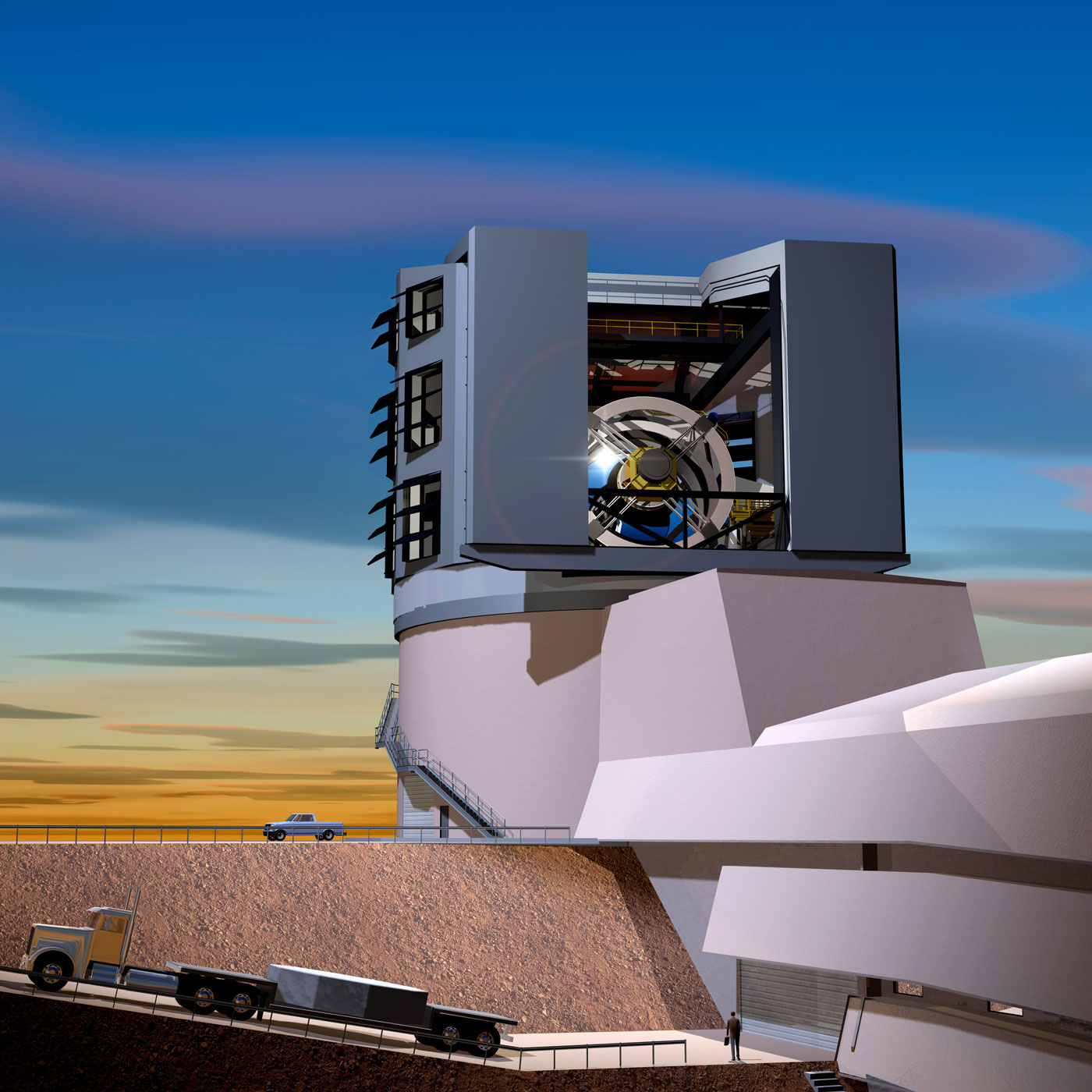Silicon Valley Astronomy Lecture Series - The Biggest Sky Survey Ever Undertaken: Exploring the Universe with the Rubin Observatory

Tags: Silicon Valley Astronomy Lecture Series, Astronomy
Time: Wednesday, Mar 04, 2020 -
Location: Foothill College, Los Altos Hills, CA
On Wednesday, March 4, 2020 at 7 pm, Dr. Phil Marshall, of the SLAC National Accelerator Laboratory, Stanford University, will give a free, illustrated, non-technical talk on:
”The Biggest Sky Survey Ever Undertaken: Exploring the Universe with the Rubin Observatory”
in the Smithwick Theater at Foothill College, in Los Altos.
The talk is part of the Silicon Valley Astronomy Lecture Series at Foothill College, now in its 20th year.
The Vera Rubin Observatory, on a mountaintop in Chile, will house a survey telescope that will image the night sky faster and deeper than ever before. Its camera, at 3.6 Gigapixels, will be the biggest digital camera ever built. The Rubin Observatory will be able to image the entire visible sky every few nights, and build up, over 10 years, a 900-frame full color movie of the deep night sky. This will enable a wide variety of scientific explorations, from the outer reaches of our Solar System, through our Milky Way Galaxy and its dark matter halo, and out into the extra-galactic universe, where we hope to see new types of cosmic explosions and the weird effects of the mysterious Dark Energy. Dr. Marshall will give a guided tour of the Rubin Observatory, describe the planned sky survey, discuss the challenges of doing astronomy at petabyte scale, and show how we can all take part in Rubin's voyage of discovery.
Phil Marshall is Senior Staff Scientist at Stanford’s SLAC National Accelerator Laboratory. His research interests are in observational cosmology using gravitational lensing: weighing galaxies, and measuring the expansion rate of the Universe. He is a member of several collaborations developing new methods to take advantage of the enormous flow of data from the Rubin Observatory's Legacy Survey of Space and Time (LSST). He received his PhD from the University of Cambridge, where he first got interested in techniques for measuring astronomical objects that we may not be able to observe directly. He is currently Deputy Director of Operations for the Vera C. Rubin Observatory.
Foothill College is just off the El Monte Road exit from Freeway 280 in Los Altos.
For directions and parking information, see: foothill.edu/parking.
For a campus map, see: foothill.edu/map.
The lecture is co-sponsored by:
- The Foothill College Physical Science Division
- The SETI Institute
- The Astronomical Society of the Pacific
- The University of California Observatories (including Lick Observatory).
We get large crowds for these talks, so we ask people to try to arrive a little bit early to find parking. The lecture and parking in Lot #1 at the college are both free.
Past lectures in the series can be found on YouTube at http://www.youtube.com/SVAstronomyLectures
